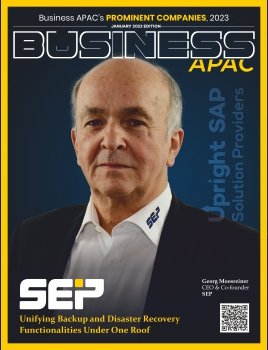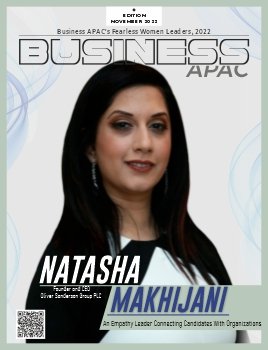A business proposal is a document used to attract a potential buyer or customer and encourage them to make a deal or buy a product or service.
Preparation for the formation of the business proposal
Before you start writing the text, it is important to perform a number of preparatory steps.
- Analysis. Ask yourself why your business proposal should be of interest to the client. What benefit will the customer get if they buy your product? What advantages do you have over your competitors, and how can you justify them? What should the client do immediately after reading the proposal? More than 80% of entrepreneurs have difficulty with this. If you are one of them, you can ask for help on a proposal writing service like essayshark.com. A writer who works there will not only make a thorough analysis but also write the proposal correctly.
- Goal setting. In the second preparatory step, you need to understand how the objections of a potential client will be closed at one stage or another of reading the business proposal. As a rule, when reading, people ask questions about how much the product costs, what bonuses there will be when buying, and what benefits it will receive after purchasing the product. By honestly answering the above questions, you will already draw up a preliminary structure of the business proposal and understand what needs to be written in it so that the potential buyer has no objections.
Proper sentence structure
A business proposal starts with a structure. There is no single standard – depending on the characteristics of a particular case, the composition of the business proposal may vary. The universal version is:
- Title. Attracting attention and creating motivation to read a proposal.
- Proposal. The essence of the letter – this describes what you want to offer the client.
- Body. In the main part, the benefits, values, and merits are described in detail.
- Price. Description of the cost of the proposed product and justification of its size.
- Doubts. This section provides cases, guarantees, reviews, and facts.
- Call. Often, the offer from the beginning of the letter is briefly repeated here.
- Contacts. Phone number, e-mail, and social services are given.
Each item in the content of the business proposal deserves detailed consideration.
Title
The right headline instantly appeals to the target audience and thus encourages them to read the proposal further. The title should be clear, short, and concise. Common mistakes:
- headline spamming with dubious benefits;
- an abstract and vague description of benefits;
- lack of specific and valuable information;
- ratings – the best, profitable, fast, inexpensive, etc.
For greater clarity, consider examples of good headlines for a business proposal:
- “Wear-resistant covers for car interiors – more than 1000 colors available.”
- “The purchase price for wholesale buyers is 25% lower.”
- “Advertising on billboards – get 10 thousand customers for 10 cents for each.”
Use specific figures and facts in the title, and refuse template phrases about benefits.
Proposal
The first paragraph of your business proposal gets to the heart of what you want to give your potential client. In other words, this is a USP (unique selling proposition), but within a separate letter. The most common mistake when compiling a proposal is writing a large “sheet” of text with long introductions.
Main part
This part of the business proposal is needed to reinforce the previously described offer. Here, the benefits and values of the product for a potential client are revealed. Three ways to develop this part:
- If you are a supplier. Describe the regularity and timing of deliveries, conditions for wholesalers, delivery options, purchase amount, service and assortment, discounts for wholesale buyers (if any), and specific benefits.
- If you are a manufacturer. Describe your production volumes; indicate the range of manufactured products, the possibility of individual production, terms and speed of delivery, minimum order quantity, and price.
- If you offer services. Describe the services provided, the advantages of the service, payment methods, conditions for regular customers and partners, and differences from the closest competitors, and provide information about the available certificates and licenses.
Price
A mandatory part of a competent business proposal is the price list. It is not enough just to attach it. It is also important to justify the price of the product, especially if it is high.
Doubts
The final information block removes possible doubts and objections of the client. It describes the arguments confirming the integrity and reliability of the company.
Call
Give the client a short instruction at the end of the sales offer about what they need to do right now. It is advisable to indicate the current restrictions, for example, a promotion that will end in a couple of days. This additionally motivates a person not to postpone the decision until later but to make it right away. At the same time, do not use clichéd calls like “call right now.” Instead, it is better to offer a bonus for contacting you.
ALSO READ: 15 Sensible Tips for Growing Your Business















